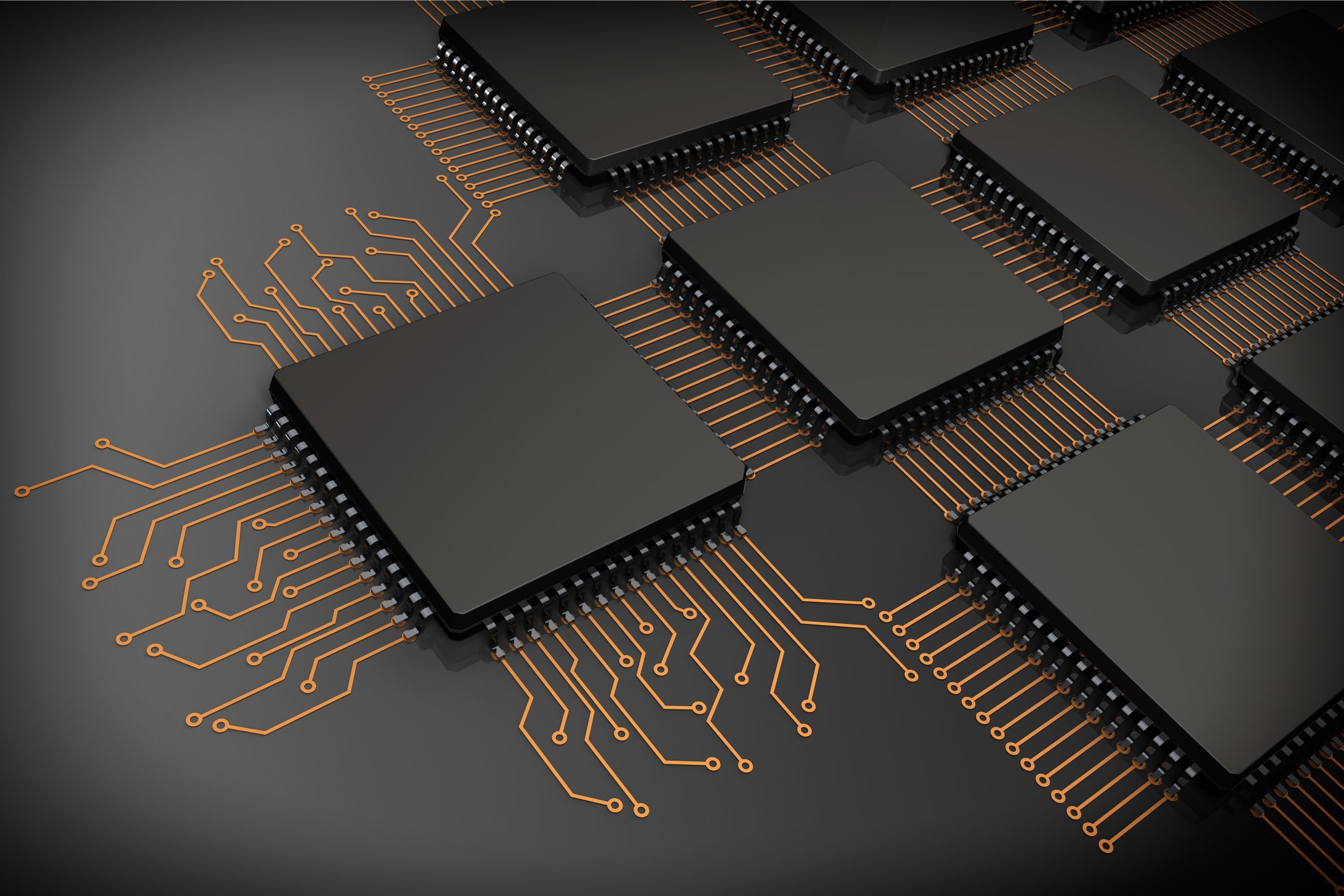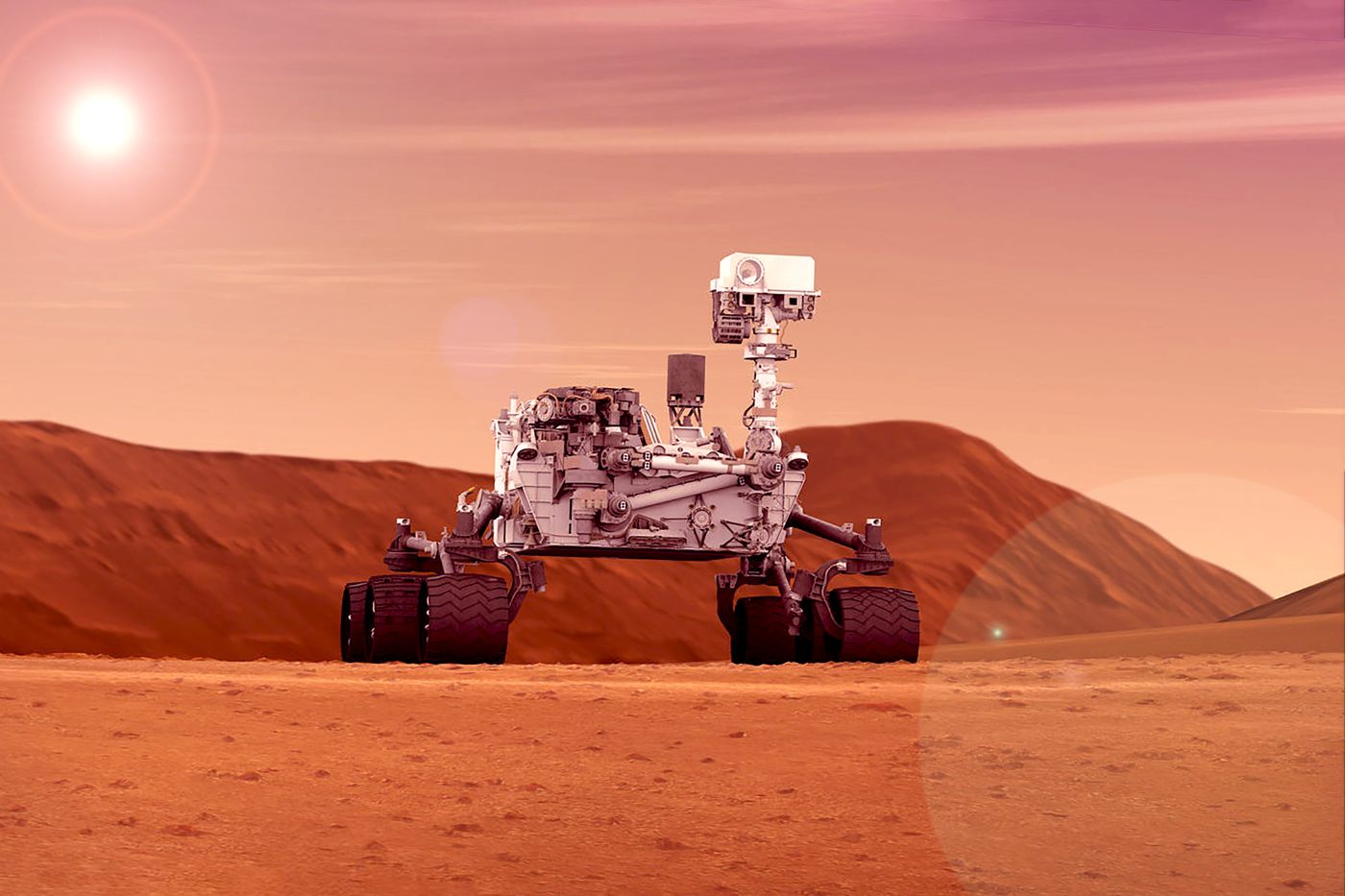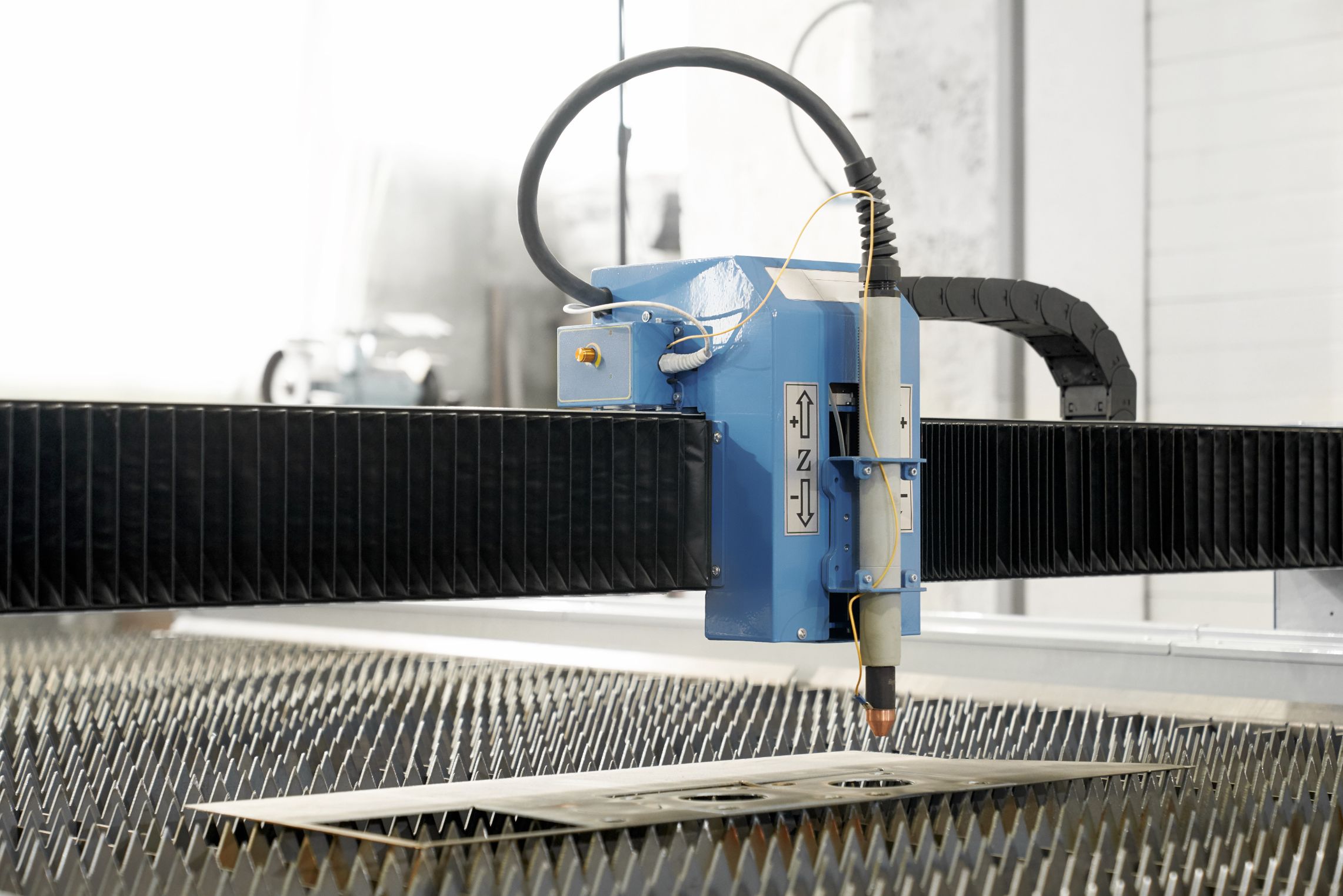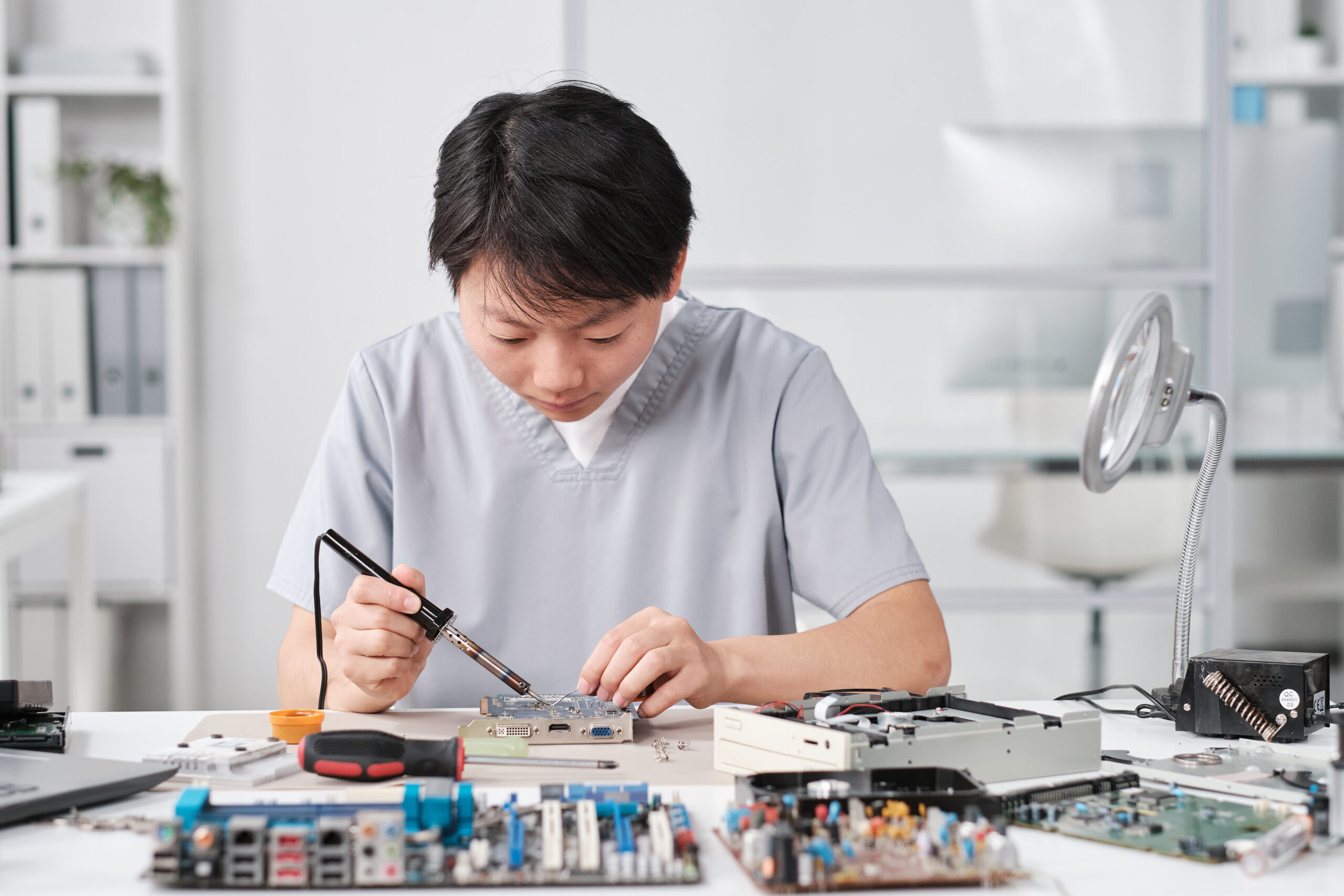In the Manufacturing Industry, the Future of Robotic Grippers
The automation movement has now consumed a wide variety of industrial fields globally, as firms strive to improve output, efficiency, and total costs at the same time. Due to significant advancements in AI and grasping technologies, demand for robotic grippers has increased at a respectable rate in recent years. Furthermore, firms working in the robotic gripper background, mostly from the electronic, semiconductor, and automotive industries, have intensified their attention on manufacturing cutting-edge and novel grippers.
Frequently, robotic arm grippers are utilized as a “stepping stone” to automation and industrial robotics. A robotic arm can be controlled or programmed remotely to pick up and operate items from a distance.
Furthermore, in the next years, the advent of Industry 4.0 is projected to provide profitable prospects for robotic gripper producers. The use of smart IoT-enabled sensors in mechanical components has also helped evaluate and maintain robotic grippers.
Aspects to Consider When Using Robotic Grippers
With the advent of robotic applications in e-commerce order fulfilment, manufacturing, and other pick and place applications, there is a drive for increased manipulation capabilities of robotic grippers. This is particularly true for collaborative robots, which need robotic grippers to handle a growing number of items in repeated, quick activities.
Claw, parallel, rotary, magnetic, and vacuum grippers were developed in response to the demands of the electronics, food processing, and automotive sectors. Apart from consumer packaged products, robotic grippers are employed in the plastics, pharmaceutical, and agricultural sectors. Packaging, material handling, shipping, warehouse management, and more are just a few of the tasks that robotic grippers can handle in an industrial setting.
Customizable robotic grippers: Must be sized adequately for the weight, size, and hardness of what they’re holding. This must be taken into consideration as well. The designers must review the requirement for cycle duration, torque, and force applied safety limits.
Robotic grippers have enhanced agility—thanks to novel materials and gripper types, robots are more flexible and dependable than ever before
Intelligent Sensors for Robotic Grippers – A machine learning based on datasets and networking holds enormous potential for grippers.
Machine vision-enabled AI educates grippers on how to approach items.
Robotic Grippers Combine Many Technologies – Some grippers combine multiple technologies to provide even better solutions, while others combine multiple technologies to generate even better solutions. More dependable interactions may be achieved by combining vacuum grippers with fingers, machine learning, and computer vision.
Robotic gripper technology continues to progress, opening new opportunities for robot applications in a broader range of sectors.
Various Robotic Grippers
The physical interaction between a robot arm and the workpiece is the robotic grippers. The end-of-arm-tooling is one of the most critical elements of the robot (EOAT). One of the major advantages of material handling robots is the decrease of component damage. Because it comes into close touch with your product, choosing the right sort of gripper for your operation is critical. Vacuum, pneumatic, hydraulic, and servo-electric grippers are the most common types of robotic grippers. Manufacturers choose grippers depending on the kind of material and the handling application.
Grippers for Vacuums
The vacuum gripper has long been the standard EOAT in production because of its great degree of flexibility. To pick up things, this robotic gripper uses a rubber or polyurethane suction cup. Few vacuum grippers use a closed-cell foam rubber layer to finish the application instead of suction cups.
Pneumatic Grippers: Pneumatic Grippers are a kind of pneumatic gripper.
The pneumatic gripper is a popular choice because of its tiny size and lightweight. It can easily fit into tight spaces, which is useful in the industrial sector. The grippers on these robotic grippers may be closed or open. The metal-on-metal gripper has received the moniker “bang-bang” actuators because of the noise it makes as it works.
Two-finger grippers for robots
These are the most basic robotic grippers, and they’re straightforward to make. They’re suitable for a wide range of industrial items. Within this category, there are various options, including pressure control, picking up pieces by putting two fingers into a hole, opening control, and distance control in the opening and shutting. They may also be actuated by electricity or pneumatics.
Hydraulic Grippers are a kind of hydraulic gripper.
This robotic gripper has the greatest strength and is often used in applications that need a lot of force. Because the oil used in the pumps is dirtier than other grippers, pumps with a pressure of up to 2000 psi supply their strength. These robotic grippers may need additional maintenance when the gripper is damaged due to the force utilized in the application.
Servo-Electric Grippers are a kind of servo-electric gripper.
Servo-electric grippers are becoming increasingly used in industrial settings due to their ease of control. Electrical motors control the gripper jaws’ movement. When handling components, these robotic grippers are very flexible and allow for a wide range of material tolerances. These grippers are also cost-effective since they are clean and do not have any airlines.
In the manufacturing industry, robotic grippers are used.
The robotic grippers listed below are the most essential in the industrial business right now:
Three-finger grippers
This robotic gripper isn’t utilized very frequently since most automation scenarios can be decoded with a two-finger gripper. On the other hand, three fingers grippers are great for picking up fragile things with strength and accuracy.
With articulated fingertips, they can also adapt to non-flat surfaces easier. When there are numerous different components to pick up, this robotic gripper is required because a flexible and versatile gripper is required. The more complicated the gripper, the higher the price, which doubles the price of two-finger grippers.
Palletizing using large robotic grippers
Because numerous specified kinds of grippers may be purchased, there has been improvement in terms of standardization. In addition, there is more variety and capacity.
Grippers with flexible fingers for robots
These are newer and more suited to picking up various items. They’re great for delicate items like food, but they’re restricted in terms of the volume and weight of the object to be selected in general.
Flexible grain-filled ball
The robotic gripper in a grain-filled latex balloon lies on the thing to be grabbed, sucks in the air, and transforms into a hard shape that grips the object without hurting it. It received a lot of attention once it was introduced because of its premise, simplicity, and adaptability.
Robotic Grippers that are semi-professionally 3D printed
Such robotic grippers may be employed if the needed strength is not unreasonable and the items are light enough, relegating them to the academic and semi-professional realms.
Grippers for Robotic Experimentation
The EPFL rubber clamp is a kind of experimental robotic gripper with five layers of materials: pre-stretched rubber between two layers of electrodes, causing the fins to curve outwards when switched off.
Conclusion
Grippers/end-effectors are highly adaptable components that have been employed in MEMS grasping, production lines, prosthetic arms, automotive sectors, surgical applications, and vegetable pickers, among other uses. The majority of these grippers use an impactive gripping approach.
Cameras, plastic grippers, extra sensors, piezoelectric grippers, MEMS, underactuated grippers, soft grippers, elastic and malleable grippers, multi-arm grippers, and multi-finger grippers have all been added to the list of impactive grippers since then.
In general, grippers with greater sensor feedback are more likely to track and pick up items.
MEMS and Piezoelectric grippers activate with excellent accuracy, while bendable grippers may pick up irregularly shaped items despite their lack of grip strength. They may, however, degrade after several actuation cycles. Furthermore, twin and multi-arm grippers are increasingly being used to replace people in various functions, such as manufacturing lines and healthcare.





